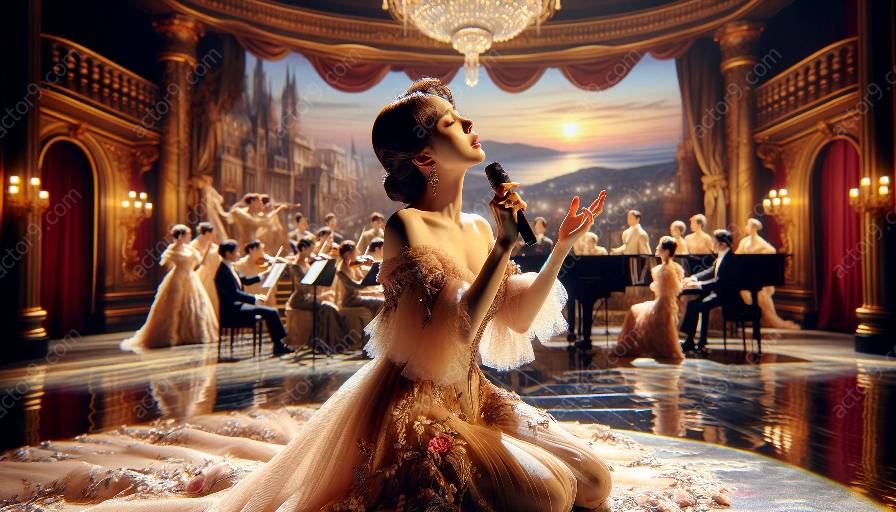Introduction to Opera and Falsetto Techniques
Opera and falsetto techniques are two captivating aspects of vocal performance that have enthralled audiences for centuries. Each technique has its unique characteristics and challenges, and both enable vocalists to explore the full potential of their voices in diverse musical genres.
Understanding Opera Technique
Opera is a form of musical theater that incorporates elaborate singing, powerful orchestration, and dramatic storytelling. Opera singers are known for their exceptional vocal prowess, as they must project their voices over large orchestras without the aid of microphones. Opera technique emphasizes vocal projection, breath control, and emotive expression, allowing singers to convey powerful emotions and narratives through their art.
The Role of Falsetto in Opera
In the realm of opera, falsetto techniques can add a layer of versatility and expressiveness to a singer’s performance. While falsetto may not be prominently featured in traditional operatic repertoire, its deployment can introduce captivating tonal variations and emotional depth to arias and operatic pieces. When used judiciously, falsetto can imbue an operatic performance with a haunting, ethereal quality and expand the vocal range available to the singer.
Exploring Falsetto Singing Techniques
Falsetto is a vocal register characterized by a light, breathy tone produced by the vibration of the edges of the vocal cords. Unlike the normal vocal register, falsetto is often associated with a higher and more ethereal sound, making it a valuable tool for singers seeking to create poignant moments of vulnerability and intimacy in their performances.
Compatibility with Vocal Techniques
The compatibility of falsetto singing techniques with broader vocal techniques is a subject of great interest to vocalists and music enthusiasts. While falsetto is often used in contemporary popular music styles, its integration with classical vocal techniques, including opera, presents exciting opportunities for artistic exploration. By mastering the control and finesse required to seamlessly transition between falsetto and full voice, singers can access a broader palette of expressive possibilities and effectively convey a wide array of emotions in their performances.
Conclusion
Opera and falsetto techniques represent rich and diverse facets of vocal expression, each offering unique opportunities for artistic experimentation and growth. By delving into the intricacies of these techniques, singers can expand their vocal capabilities, expressiveness, and versatility, ultimately enriching the world of music with their captivating performances.









































